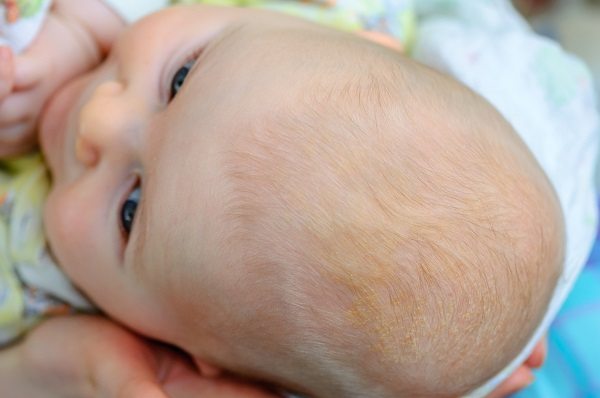
What is it?
If your baby’s scalp is dry and flaking like dandruff, or there are yellowish, oily crusting patches occurring, then she most likely has cradle cap. Known also as infantile seborrhoeic dermatitis, it is a very common ailment for most babies.
Where does it occur?
You can notice the signs of cradle cap most noticeably on the baby’s head, as well as in the creases of their elbows and knees, around their eyebrows, ears and armpits.
How does it occur?
There are many different causes of cradle cap but poor hygiene is not one of them. Rather it is said to be a product of the hormones a baby receives at the end of pregnancy stimulating oil glands to be overactive. Irritation in the sebum, is also thought to be a possible culprit.
When does it go away?
Cradle cap usually goes away by itself within six to 12 months. Or if treated early, can go away sooner.
Who is susceptible?
Cradle cap mainly affect very young babies.
How can I treat it?
You can treat cradle cap at home by:
- Rub a small amount of pure, natural oil (such as almond oil) on the baby’s scalp, and leave it for about 15 minutes before washing it off.
- Gently massaging the baby’s scalp and using a brush to softly remove any loose scales. But don’t pick at or itch the scaly parts as this could cause infection.
- Wash your baby with a gentle, hypoallergenic shampoo to help cut down on the oil. Try leaving the shampoo on for a few minutes before rinsing thoroughly to help break down the oil.
Want some more tips on caring for a newborn? Read here to learn more.